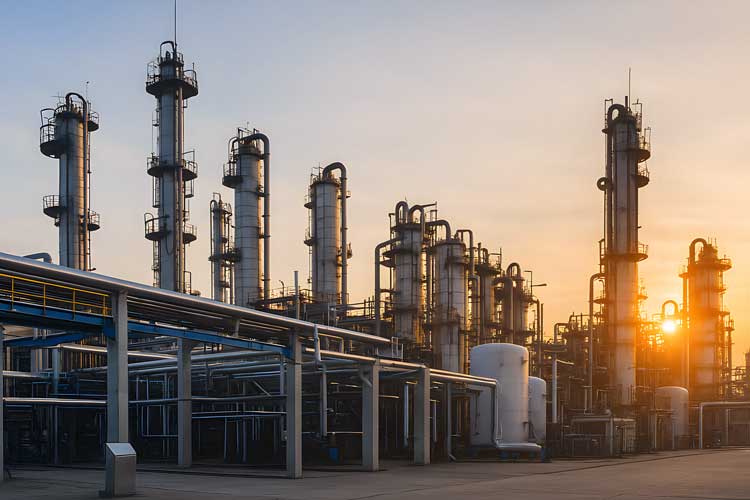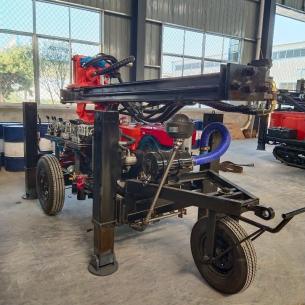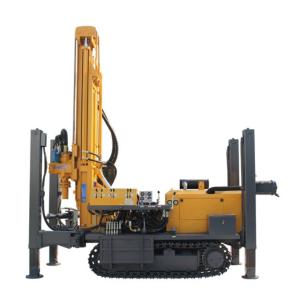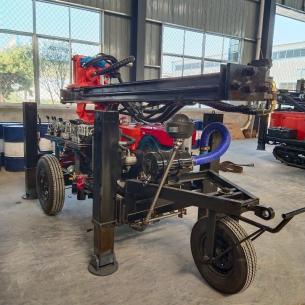What Is The Reason For Pile Driving? The Foundation Of Modern Construction
Pile driving serves as the critical first step for countless construction projects worldwide, from skyscrapers to bridges. But what fundamentally drives the need for this deep foundation technique? The primary reason for pile driving is to transfer structural loads through weak, compressible surface soils to stronger, more stable strata deep underground, ensuring building stability and preventing settlement.
The Core Purpose: Why Pile Driving is Essential in Construction
Pile driving addresses one of the most fundamental challenges in construction: unstable surface soil. When the upper layers of earth lack the bearing capacity to support a structure's weight, engineers must find a way to bypass this weakness. Driven piles act as sturdy columns that punch through problematic soil to anchor structures on solid ground, literally providing the foundational support upon which everything else depends.
This process is not merely an option but a necessity for safety and longevity in environments where soil conditions pose a risk to structural integrity. Without properly driven piles, buildings could experience differential settlement, leading to cracks, tilting, or in extreme cases, catastrophic failure.
3 Key Reasons for Pile Driving in Construction Projects
1. To Support Heavy Structural Loads
The most common reason for pile driving involves supporting immense vertical loads from structures like high-rise buildings, industrial facilities, and bridges. When surface soils cannot adequately bear these weights, piles distribute the load downward to deeper, more competent soil layers or bedrock. This load transfer mechanism prevents excessive settlement that could compromise the structure's stability.
2. To Combat Challenging Soil Conditions
Problematic soil conditions frequently necessitate pile driving, including:
Soft clay and silt: These materials compress under weight, requiring piles to reach stable soil
Loose granular soils: Sands and gravels that shift or settle unevenly
Fill sites: Areas where natural soil has been replaced with artificial material
Water-logged ground: Soil with high water content that reduces bearing capacity
In each case, piles bypass the problematic upper layers to create a stable foundation.
3. To Resist Uplift and Overturning Forces
Certain structures face significant upward or lateral forces that conventional shallow foundations cannot resist. Piles provide crucial anchorage against:
Uplift forces: From wind lifting on lightweight structures or buoyancy in saturated soils
Overturning moments: From wind pressure on tall buildings or seismic activity
Lateral loads: From earth pressure, water flow, or seismic events
The deep embedment of piles creates tremendous resistance against these forces, maintaining structural stability.
The Pile Driving Process: How It Works
The pile driving operation involves several precise steps:
Site investigation: Geotechnical engineers first conduct soil borings and analysis to determine soil strata and properties
Pile selection: Based on load requirements and soil conditions, engineers choose appropriate pile type (concrete, steel, or timber)
Installation: Using specialized equipment like hydraulic hammers or vibratory drivers, piles are driven to predetermined depths or resistance
Testing: Load tests verify that piles meet design specifications before construction proceeds
Modern pile driving equipment uses advanced technology to monitor driving resistance in real-time, ensuring each pile reaches the necessary capacity.
Conclusion: The Undeniable Importance of Pile Driving
Pile driving remains an essential process in construction because it solves the fundamental problem of unstable ground conditions. By transferring structural loads to deeper, more stable soil layers, driven piles provide the security and stability that modern infrastructure demands. Whether supporting skyscrapers, anchoring bridges, or stabilizing industrial facilities, pile driving forms the literal foundation upon which our built environment depends.
For construction professionals, understanding the reasons for pile driving is crucial for selecting appropriate foundation solutions that ensure safety, durability, and structural integrity for years to come. When surface conditions cannot support structural demands, pile driving provides the deep foundation solution that makes building possible.





